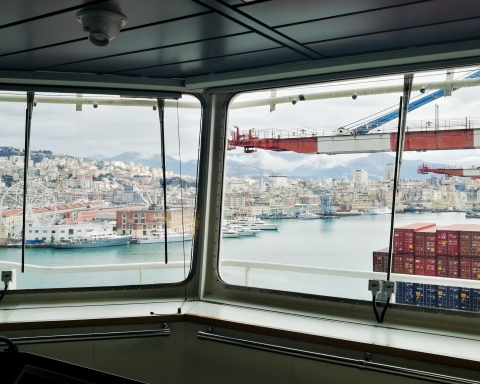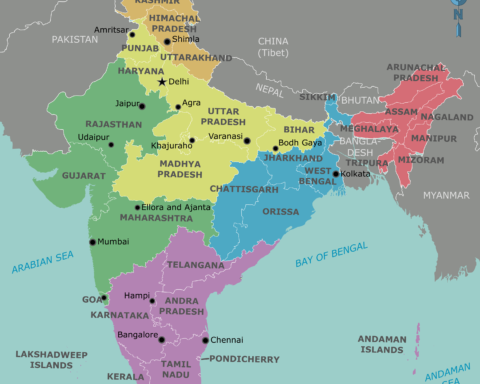The damage to Italian foreign trade from November 2023 to January 2024 due to the crisis in the Red Sea amounts to €8.8 billion or €95 million a day. Confartigianato disclosed this, after calculating the impact of the reduction in merchant ship traffic between the Indian Ocean and the Red Sea on Italy’s trade with Asia, Oceania, the Persian Gulf countries, and South-East Africa. Over the last three months, it has cost Italy €3.3 billion, or €35 million a day, due to export losses or delays and €5.5 billion (€60 million a day) due to the failure to supply manufacturing products.
Confartigianato has also assessed the consequences of the crisis on Italian micro and small enterprises which are the sectors most at risk in Europe. Their share of direct manufacturing exports to non-EU countries is 32.7% of the European total, which is double the percentage of their German counterparts. In 2023, goods imports and exports by the Made in Italy sectors, with the largest percentage of SMEs, transiting through the Red Sea, totaled €30.8 billion (1.5% of the GDP).
Merchandise exported mainly by Italian small enterprises totaled €10.8 billion. This comprises €4.2 billion in food, €1.8 billion in metal products, €1.8 billion in other products, including jewelry and eyewear, € 1.5 billion in fashion products and € 1 billion in wood and furniture. In addition to these sectors, there is a key segment of Italian exports to markets in emerging Asian countries; machinery and equipment, which is also dominated by micro and small enterprises. In 2023, €11.6 billion-worth of these products transited through the Suez Canal.
According to Confartigianato, the crisis is also affecting small enterprises in the transport sector. In the 14 provinces where the 15 largest ports with at least one million tonnes of goods shipped across the Red Sea are located, 2.5 billion euros of turnover in the transport and logistics system are at risk. In other words, 13,000 enterprises, including 7,979 enterprises in road haulage, 1,136 enterprises in ocean freight shipping and 5,683 enterprises in logistics services.
The effects of the crisis are to be seen in goods taking longer to deliver, due to circumnavigating Africa, and increased shipping costs. Suffice to say that the cost of shipping from China in the week ending 12th January 2024 skyrocketed 120.6% compared to the week before the attacks on Western ships began.
“The escalation of the crisis in the Middle East,” Confartigianato President Marco Granelli points out, “is penalizing the ‘Made in Italy‘ system and the supply of products that are essential for the Italian manufacturing process, aggravating the slowdown in international trade. The effects of the Red Sea crisis, added to the ongoing added to the ongoing monetary squeeze and the re-introduction of European budget rules, could have serious consequences for Italy’s economic growth. It is essential that all measures be put in place, implementing the National Recovery and Resilience Plan (NRRP), to boost business confidence and willingness to invest and to avert the risk of slowing down the current upward trend in employment.
Confartigianato has also calculated the impact of the Suez crisis on Italian regional exports. Lombardy comes top, shipping goods worth €12.9 billion across the Red Sea, followed by Emilia-Romagna with €9.4 billion, Veneto €5.7 billion, Tuscany €4.7 billion, Piedmont €4.2 billion, and Friuli-Venezia Giulia with €2 billion.
Translation by Giles Foster




